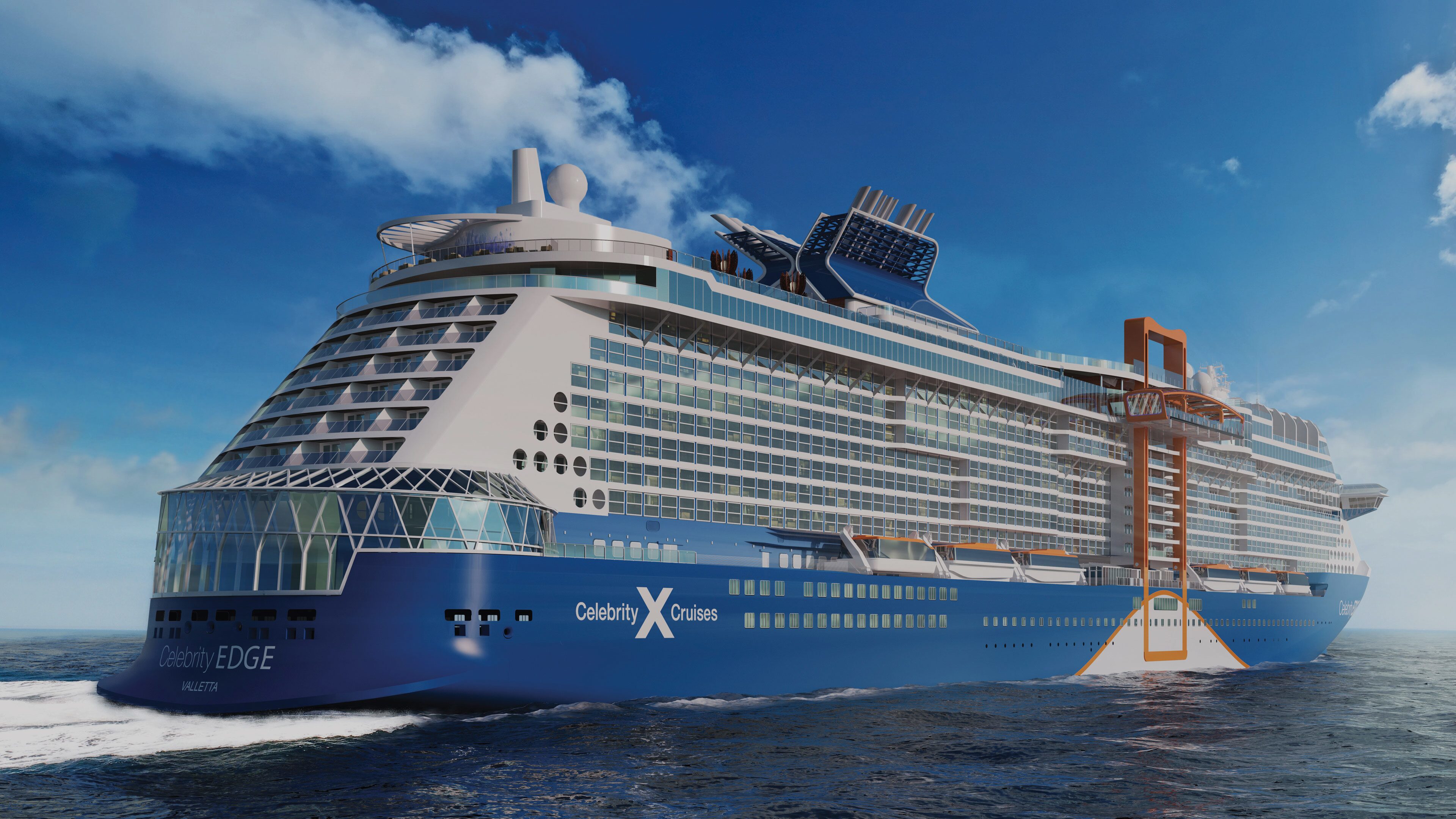Table Of Content

Slower speeds also promote comfort — you’ll want to enjoy smooth sailing while you dine, relax in the pool or get a massage. As you drift from one dreamy destination to the next, you’ll experience a more stable and less noticeable ride. Lastly, our ships are designed to increase passenger safety, which is always a priority. To put that into perspective, one knot is about 1.15 regular miles per hour (the speed measurement we use on land). So, when you’re comparing speed in different contexts—on land, air, or sea—remember that the units of measurement aren’t the same. Learning about this is your first-class ticket to the nautical lingo club.
How fast do cruise ships go?
However, speeds may be adjusted based on weather conditions or other factors. Cruise ships are equipped with sophisticated navigation systems that allow them to determine the most efficient routes and maintain their speed in varying weather conditions. These systems use GPS, radar, and weather data to help the crew make informed decisions about the ship’s course and speed.
The Impact of a Cruise Ship’s Design on Its Speed
Innovations in hull design and propulsion systems have reduced friction, increasing newer cruise ships’ speed. This benefits passengers by getting them to their destinations faster, providing more time to explore and experience the freedom of the open sea. The speed of a cruise on a Royal Caribbean Cruise ship, for example, is knots. And most other cruise lines have an average speed of between 19 and 22 knots. For perspective, a 20-knot average cruising speed is the same speed as 23 miles per hour on land. In reality, how fast cruise ships go has little to do with the time of day and more to do with fuel efficiency, weather, the ship’s schedule, and passenger comfort.
How do new cruise ship designs impact their speed?
At the same time, cruise ships have a schedule they need to keep. Below, we answer all of your questions on speed and cruise ships. We’ll talk about the different variables that affect speed and see how cruise ships compare to other ocean-going vessels. In short, the cruising speed of a ship dramatically depends on the ship’s size and design. The ship’s structure will determine how it burns fuel and how it navigates changing ocean conditions, all of which affect its speed.

The Importance of Speed in Cruise Ship Travel
If you’ve ever marveled at the sheer size and majesty of a cruise ship, you may have found yourself wondering just how fast these floating behemoths can go. In this article, we will dive into the fascinating world of cruise ship travel and explore the question of how fast these vessels can actually go. If there is a storm at sea a cruise ship will have to go a little faster to get around it or to get away from it. In these cases it’s worth giving the passengers a bumpy ride to avoid an even bumpier one if the ship ran into the storm.
Royal Caribbean Provides Update on Damage and Next Cruise - Cruise Hive
Royal Caribbean Provides Update on Damage and Next Cruise.
Posted: Tue, 05 Sep 2023 07:00:00 GMT [source]
Beyond those Cunard ships, many contemporary cruise ships clock in right around Harmony of the Seas' top speed of around 25 knots. By most accounts, the fastest ship is/was Cunard's Queen Mary 2, with a top speed of 30 knots, or 35 mph. She was just a tad slower than sister vessel Queen Elizabeth 2, which ad a reported top speed of 32 knots.
Currently employed as Marine Surveyor carrying cargo, draft, bunker, and warranty survey. Matt started Royal Caribbean Blog in 2010 as a place to share his passion for all things Royal Caribbean with readers. He oversees all the writers at Royal Caribbean Blog, and writes a great deal of content on a daily basis. He has become one of the foremost expert on a Royal Caribbean cruise.
How Fast Does a Cruise Ship Go?
When not traveling, she enjoys relaxing in Priority Pass lounges with tea and battling slow Wi-Fi. Join her as she shares cruise insights and explores the world, one voyage at a time. Yes, cruise ships can outrun storms or navigate around storm cells as they move about twice as fast as the storms themselves. Cruise ships such as Cunard’s Queen Mary 2 and Royal Caribbean’s fleet are known for their impressive speed capabilities. These ships are designed to offer passengers a balance of speed, comfort, and luxury.
Nonetheless, have you ever wondered at what speed cruise ships actually sail and the reasoning behind it? You may be surprised to learn that cruise ships can go faster than they actually do but choose not to. When a cruise ship goes faster, the ride also becomes bumpier for the passengers. The slower the ship is travelling, the more submerged the hull is, which makes for a smoother ride. How fast a ship is able to sail depends on several factors, including the power of its engines, the weather and the conditions at sea.
Early arrival into port can come with extra fees that cruise lines are loath to incur, which usually means they prefer to take their time by slowing their speed. The maximum speed for most modern vessels is about 30 knots or 34.5 mph, but just because they can glide along that fast doesn't mean they actually do, or at least not all the time. Cruise ship fuel efficiency varies based on factors such as itinerary and speed. Additionally, ocean currents can impact speeds and fuel consumption. It’s difficult to determine an average distance traveled on a full tank of fuel due to these variables. Cruise ships typically travel at an average speed of 18 to 22 knots, which is equivalent to 20 to 25 mph.
Our article on fuel consumption provides a deeper understanding of how fuel usage impacts the maritime industry. Fuel costs constitute a significant portion of a cruise ship’s operational expenses. Fuel efficiency plays a pivotal role, so it’s financially prudent for ships to navigate at speeds that conserve fuel. This avoids the exponential increase in fuel consumption that comes with pushing a vessel’s engines to their limits. This economical and environmentally conscious balance reduces the cruise industry’s carbon footprint.
Now, let’s take a futuristic glimpse at the world of cruise ship speeds. With new technological advancements popping up faster than the bubbles in your average cruise ship with champagne, the horizon of cruising speed is set for a shakeup. On the other hand, let’s say you’re crossing a huge stretch of ocean on a Transatlantic cruise. For those long days at sea, the ship will likely sail at its maximum cruising speed to cover more miles faster.
But "knot" isn't simply a misspelled nickname for "naut" (as in nautical mile). Its origins are far more literal, according to the United States' National Ocean Service. So, here’s the scoop on how speed affects your itinerary on the high seas. These propellor systems turn “screws” instead of long propellors like a plane. These screws need a lot of torque, instead of a lot of high-speed to operate. Cruising speed also improves fuel efficiency, the same way a certain speed improves fuel efficiency for your car.

No comments:
Post a Comment